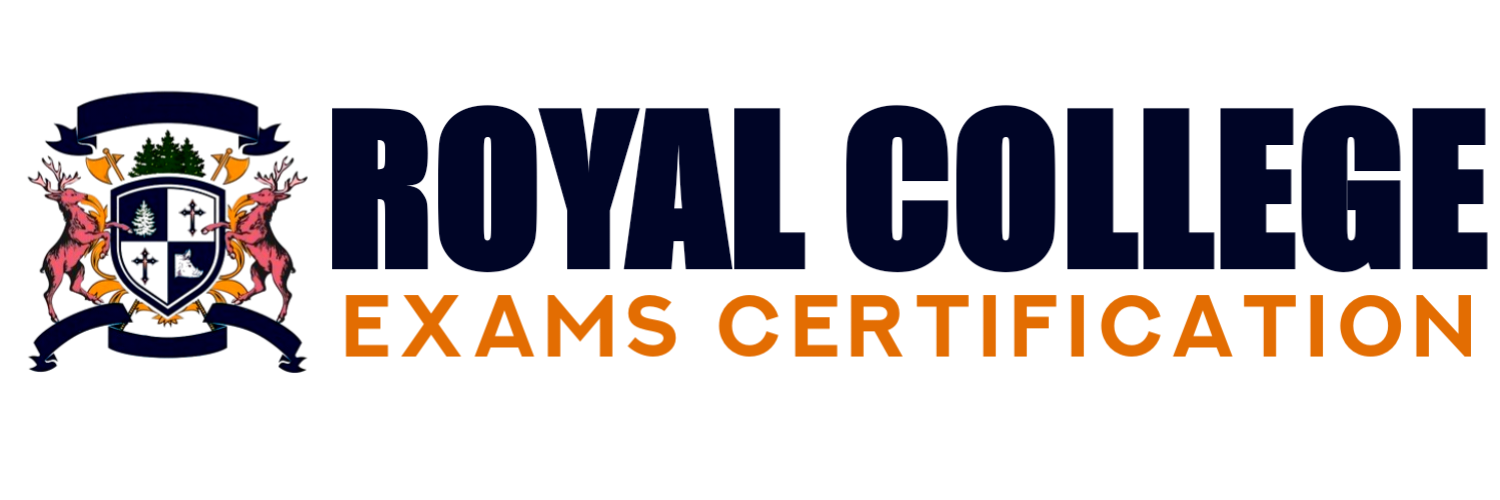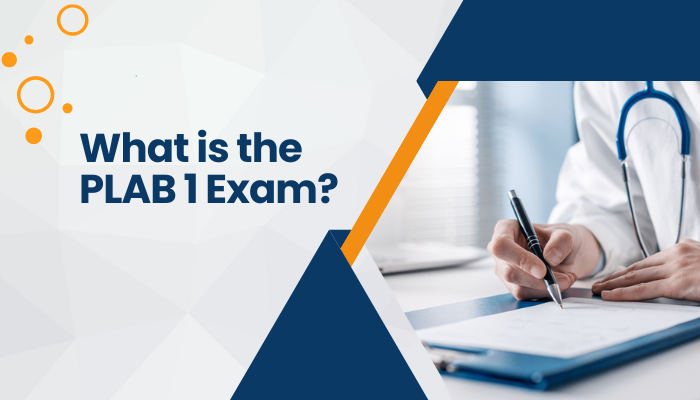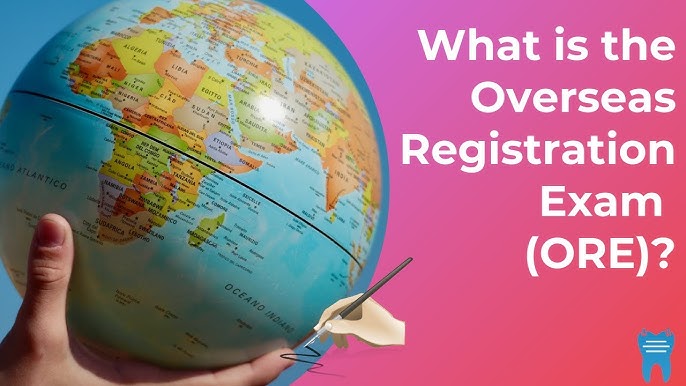If you’re a dental professional aspiring to specialize in orthodontics, chances are you’ve come across the term MOrth more than once. But what exactly is it? Why does it matter? And what does it take to achieve this membership? In this comprehensive guide, we’ll break down everything you need to know about the Membership in Orthodontics (MOrth) exam — from its structure to eligibility, preparation tips, and the doors it can open in your orthodontic career. Membership in Orthodontics (MOrth)
🦷 What is MOrth?
MOrth stands for Membership in Orthodontics, a postgraduate qualification awarded by one of the UK’s prestigious Royal Colleges:
-
Royal College of Surgeons of England
-
Royal College of Physicians and Surgeons of Glasgow
-
Royal College of Surgeons of Edinburgh
It’s essentially a professional assessment designed to test the clinical skills, theoretical knowledge, and decision-making abilities of orthodontic trainees. Successfully passing the MOrth examination demonstrates that you have achieved the standards required for independent practice as a specialist orthodontist. Many orthodontic training programs in the UK and internationally (including some in Asia and the Middle East) lead up to the MOrth as a key milestone. Membership in Orthodontics (MOrth)
🎯 Why is the MOrth Important?
Orthodontics is a highly specialized branch of dentistry that requires more than just clinical skills. It demands a strong grasp of craniofacial growth, biomechanics, diagnosis, treatment planning, and the ability to manage a variety of malocclusions effectively.
Passing the MOrth exam:
-
📜 Grants you eligibility for inclusion on the UK Specialist List in Orthodontics (if other criteria are met)
-
🦷 Enhances your professional credibility both in the UK and internationally
-
🎓 Acts as a significant milestone marking the completion of formal specialist training
-
💼 Opens doors to advanced roles in teaching hospitals, private practice, or NHS specialist clinics
In short — it’s not just a certificate; it’s a stamp of excellence in orthodontic practice.
📝 Who Can Apply for the MOrth?
To be eligible for the MOrth, candidates typically need to:
-
Have a primary dental qualification (e.g., BDS or equivalent)
-
Have completed (or be close to completing) an approved specialist training program in orthodontics, usually of at least 3 years full-time
-
Hold a Membership of a Royal College (like MJDF or MFDS) if required (depending on the College you’re applying to)
International candidates can also apply, provided their training is recognized and they meet the specific eligibility criteria of the college they apply to.
🗂️ Structure of the MOrth Exam
While slight variations exist between the different Royal Colleges, the core structure of the MOrth exam typically involves:
📖 1. Written Papers
Usually consisting of short-answer questions (SAQs) and sometimes multiple-choice questions (MCQs), this section tests your understanding of orthodontic theory, craniofacial growth, clinical techniques, and appliance management.
Topics include:
-
Growth and development
-
Diagnosis and treatment planning
-
Orthodontic materials and biomechanics
-
Multidisciplinary care
-
Clinical orthodontics
📝 2. Clinical Case Submissions
Candidates are required to submit a portfolio of completed clinical cases (commonly 4–6, depending on the college). These cases should reflect a variety of malocclusion types and demonstrate comprehensive management.
Each case typically includes:
-
Clinical photographs
-
Radiographs
-
Study models or 3D scans
-
Detailed case reports outlining diagnosis, treatment plan, progress, and outcomes
👥 3. Clinical Examination (OSCE and/or Viva Voce)
The clinical component often involves:
-
OSCE stations (Objective Structured Clinical Examinations), testing practical and clinical reasoning skills through simulated patient scenarios, interpretation of records, and problem-solving exercises.
-
Viva Voce (Oral Examination), where candidates discuss their submitted cases and broader orthodontic topics with examiners.
This is arguably the most nerve-wracking part of the exam — but also the most rewarding!
📅 When and Where is the MOrth Held?
The MOrth exam is typically held once or twice a year, depending on the College:
-
RCSEng: Usually in September (written) and Autumn (clinical)
-
RCSEd and RCPSG: Typically similar schedules
Exams are held in the UK, and increasingly via hybrid or international centers for overseas candidates.
Important tip:
Check the respective College websites for up-to-date information on deadlines, application procedures, and fees.
📚 How to Prepare for the MOrth
📝 1. Know the Syllabus Inside-Out
Familiarize yourself with the official syllabus published by your chosen College. This outlines the topics, learning outcomes, and competencies expected.
📖 2. Use Recommended Textbooks and Journals
Popular and essential resources include:
-
“Contemporary Orthodontics” by William R. Proffit
-
“Orthodontics: Current Principles and Techniques” by Graber et al.
-
British Journal of Orthodontics / Journal of Orthodontics
-
European Journal of Orthodontics
🗂️ 3. Practice Past Papers and OSCE Stations
Most Colleges provide sample questions or previous papers. Join study groups, mock exams, and revision courses organized by training institutions or orthodontic societies.
👩⚕️👨⚕️ 4. Case Selection and Presentation
Select cases early in your training. Aim for variety in malocclusion types and complexity. Maintain meticulous records and photograph every stage. Practice presenting these cases concisely and confidently to colleagues or mentors.
🤝 5. Join a Study Group
Collaboration is key. Discussing topics, sharing resources, and simulating OSCE scenarios with peers can significantly enhance your preparation.
🌍 Is the MOrth Recognized Internationally?
Yes — the MOrth is highly regarded not only in the UK but also in various countries including:
-
Ireland
-
Hong Kong
-
Singapore
-
Malaysia
-
India
-
Middle East
Many international orthodontic programs align their curriculum with MOrth requirements, and the qualification is often seen as a benchmark for specialist practice globally.
🎓 Life After MOrth: What’s Next?
Once you pass the MOrth, you’re eligible to:
-
Apply for entry onto the UK Specialist List in Orthodontics (if working in the UK)
-
Work as a Consultant or Specialist Orthodontist
-
Pursue academic, teaching, or research opportunities
-
Advance into private practice with specialist recognition
Many MOrth holders also go on to further qualifications like:
-
FDS (Fellowship in Dental Surgery)
-
PhD or MSc in Orthodontics
-
Specialist orthodontic diplomas in aesthetic or surgical orthodontics
📌 Final Thoughts
It is more than an exam — it’s a testament to years of hard work, clinical skill, and dedication to specialist orthodontic care. While it demands rigorous preparation, the sense of achievement and professional opportunities it offers are well worth the effort. If you’re considering embarking on this journey, start early, plan strategically, and remember — every specialist was once a trainee facing their MOrth too.





